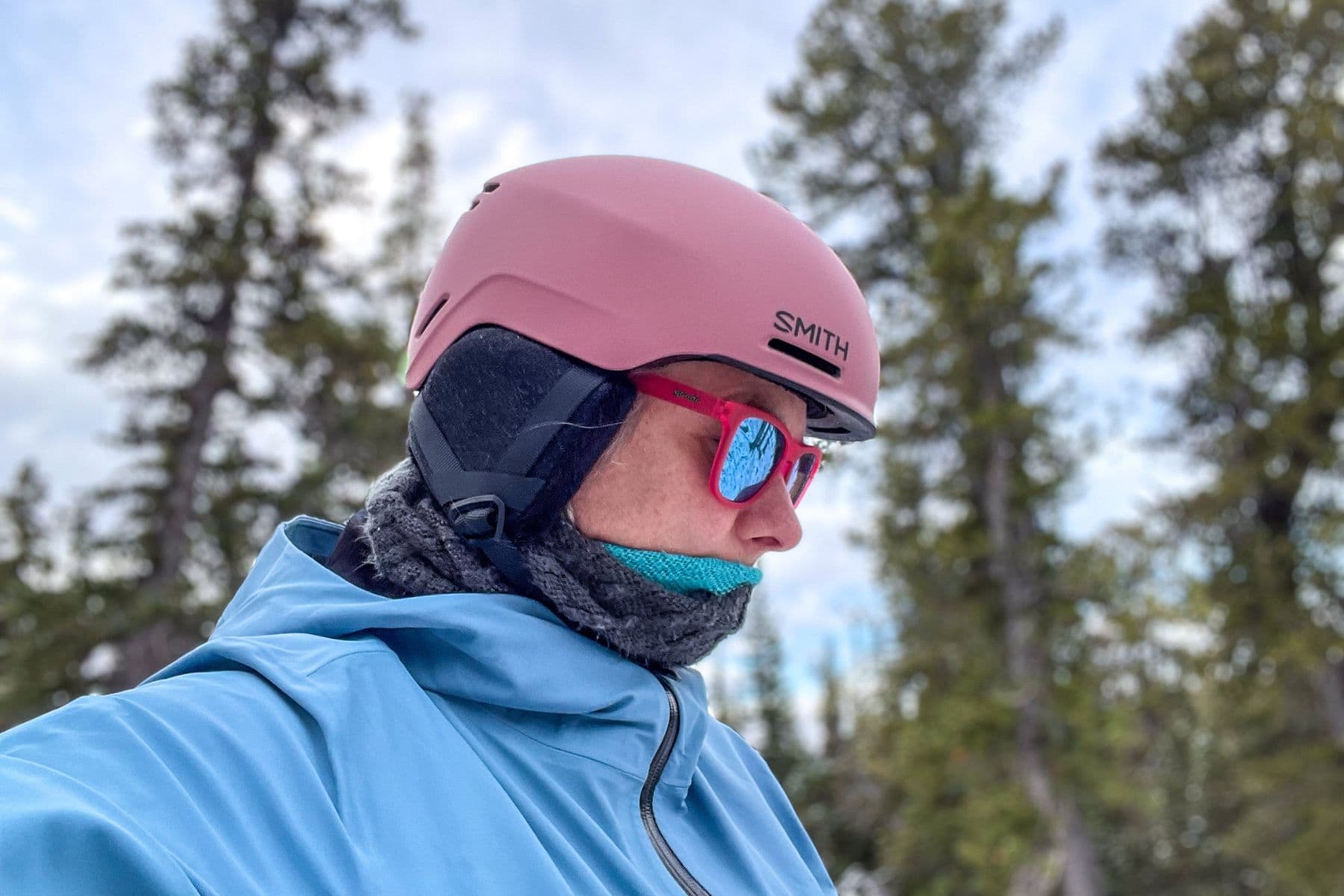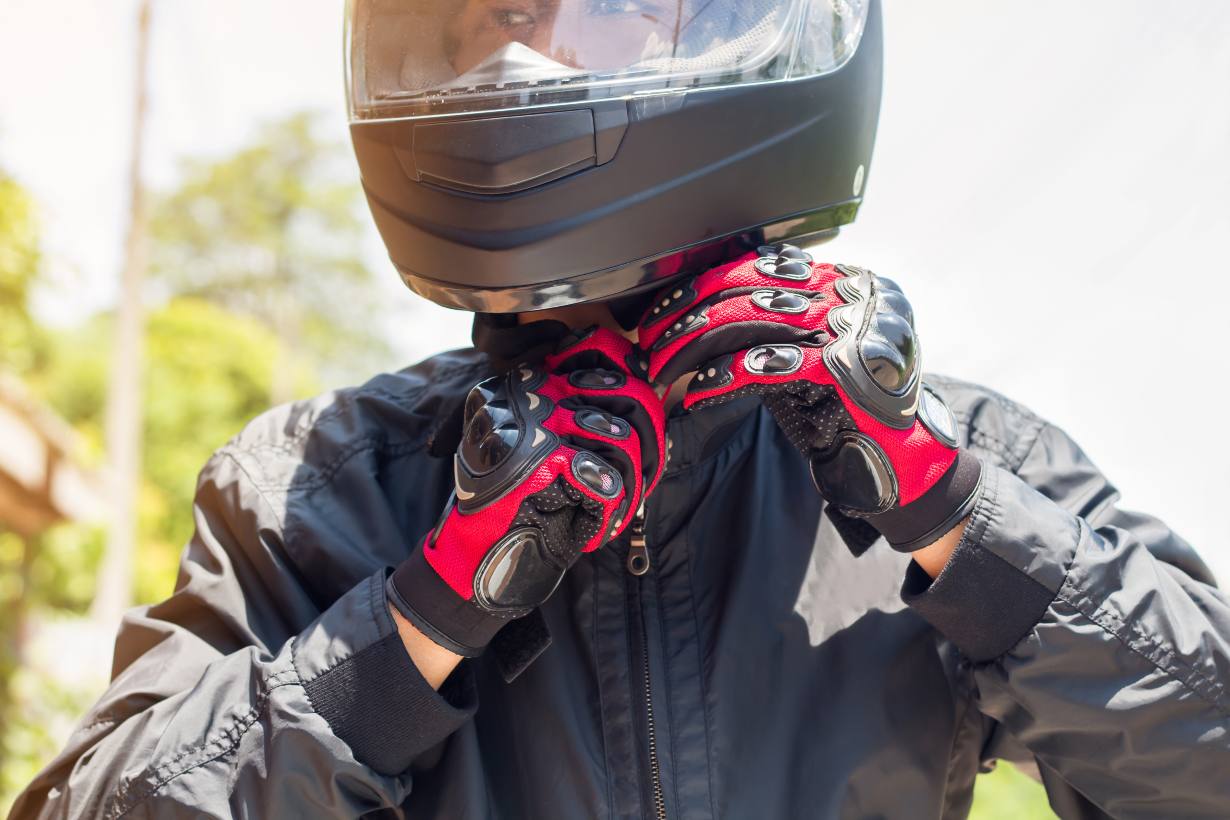Choosing the perfect helmet can be challenging, especially when trying to balance both style and safety. Whether you’re hitting the road on a motorcycle, commuting by bike, or skiing down a mountain, the right helmet protects you and reflects your personal style.
Here’s a guide to help you select a helmet that combines essential safety features with the look you love.
1. Start with Safety Standards and Certifications
Before considering style, make sure any helmet you’re looking at meets key safety certifications. These certifications vary by activity and region, but here are a few to keep in mind:
- DOT (Department of Transportation): Required in the U.S. for motorcycle helmets, ensuring impact protection and basic safety.
- CPSC (Consumer Product Safety Commission): Standard for cycling helmets in the U.S.
- ECE and Snell: Popular certifications in Europe, with rigorous impact testing for motorcycle helmets.
- ASTM: Found in helmets for sports like skiing and snowboarding, ensuring strong impact resistance.
A helmet that meets these certifications has undergone rigorous testing, providing confidence that it will perform effectively in an accident.
2. Fit is Essential: Know Your Head Shape and Size
A properly fitting helmet is key to both comfort and safety. Wearing the wrong size can compromise the helmet’s protection, so follow these steps to find the right fit:
- Measure Your Head: Use a flexible measuring tape to measure the circumference of your head just above your eyebrows. Match this measurement to the helmet sizing guide provided by the manufacturer.
- Identify Your Head Shape: Helmets come in shapes like round, oval, and intermediate oval. Knowing your head shape helps you choose a helmet that sits securely and comfortably.
- Try Before You Buy: Whenever possible, try the helmet on. It should be snug but not too tight, with no pressure points.
A helmet that fits well doesn’t just enhance comfort; it stays securely in place and provides the best possible protection.
3. Choose Materials for Lightweight Comfort and Durability
Helmets are made from various materials that affect their weight, durability, and price. Here are some popular materials and their benefits:
- Polycarbonate: Lightweight and affordable, polycarbonate helmets are durable and widely used.
- Fiberglass Composite: Stronger than polycarbonate, fiberglass absorbs impact effectively, making it a popular choice for motorcyclists.
- Carbon Fiber: Lightweight yet highly durable, carbon fiber helmets tend to be pricier but are ideal for long rides due to reduced strain on the neck.
Selecting a helmet with lightweight materials minimizes neck fatigue and maximizes comfort, especially for extended periods of wear.
4. Ventilation and Breathability for All-Weather Comfort
Proper airflow is essential, particularly for warm-weather activities or long rides. Look for helmets with:
- Strategically Placed Vents: Helmets with multiple vents around the top, sides, and back promote airflow and prevent overheating.
- Adjustable Ventilation Controls: Some helmets have adjustable vents, allowing you to control the airflow based on weather conditions.
- Moisture-Wicking Liners: Liners made from moisture-wicking materials keep sweat away from your skin, adding comfort and freshness.
Good ventilation not only prevents you from overheating but also keeps you comfortable on hot summer rides or rigorous activities.
5. Explore Different Styles to Reflect Your Personality
The helmet’s appearance is an extension of your personality and can make you feel more confident on the road. Many helmet styles cater to both fashion and functionality:
- Bold and Graphic Designs: Helmets with eye-catching colors or patterns help you stand out, adding a stylish flair.
- Matte Finishes: A matte helmet has a modern, sleek look, often preferred by those with minimalist style.
- Retro and Vintage Looks: For those who enjoy a timeless aesthetic, vintage-style helmets offer classic appeal with modern safety features.
Choosing a helmet design that suits your style increases the likelihood that you’ll wear it consistently, which is key to staying protected.
6. Consider Additional Safety Features for Enhanced Protection
Many helmets now come with innovative safety features that add an extra layer of protection:
- MIPS (Multi-directional Impact Protection System): MIPS technology reduces rotational forces during impact, providing extra protection for the brain.
- Reflective Elements: Helmets with reflective strips or panels enhance visibility, making them ideal for night riding.
- Visors and Face Shields: Tinted or clear face shields protect against sun glare and wind while adding style. Some helmets come with integrated sun visors that can be lowered as needed.
Investing in helmets with these advanced safety features ensures better protection and peace of mind during your rides.
7. Noise Reduction for a Quieter, More Comfortable Ride
If you’re a motorcyclist or commuter, a quiet helmet can make a significant difference in comfort, especially on highways or in busy cities. Look for helmets with:
- Thicker Padding around the Ears and Neck: This padding helps block out wind and engine noise, allowing for a quieter ride.
- Aerodynamic Design: A helmet designed to minimize wind resistance reduces noise and improves comfort, especially at higher speeds.
By reducing external noise, a well-insulated helmet keeps you focused and relaxed, especially during longer rides.
8. Bluetooth and Tech-Ready Options for Modern Convenience
For riders who want to stay connected, tech-ready helmets with Bluetooth compatibility offer convenience without sacrificing style:
- Built-In Bluetooth Modules: Some helmets come with Bluetooth capabilities for hands-free communication, music, or GPS navigation.
- Speaker Pockets: Helmets with speaker pockets allow you to add your own Bluetooth system for seamless integration.
- Easy-to-Access Controls: Look for helmets with controls that are easy to operate, even while wearing gloves.
Bluetooth-ready helmets offer a safe way to stay connected, listen to music, or follow GPS directions on the go.
9. Eco-Friendly Options for the Conscious Consumer
For environmentally conscious riders, many helmet brands now offer options made from sustainable or recycled materials. Look for brands that:
- Use Recycled EPS Foam or Bio-Based Plastics: These eco-friendly materials offer impact protection with a reduced environmental footprint.
- Adopt Low-Waste Production Processes: Brands committed to sustainable practices often reduce waste and use eco-friendly packaging.
Choosing an eco-friendly helmet lets you support sustainability while staying safe and stylish on the road.
Final Thoughts
Finding the right helmet doesn’t have to mean choosing between style and safety. By focusing on fit, materials, and additional safety features, you can select a helmet that reflects your personality and keeps you protected.
From bold designs and high-tech features to eco-friendly options, there’s a helmet for every rider.
Remember, the best helmet is one that makes you feel confident, comfortable, and safe – so you can enjoy every adventure to the fullest.








